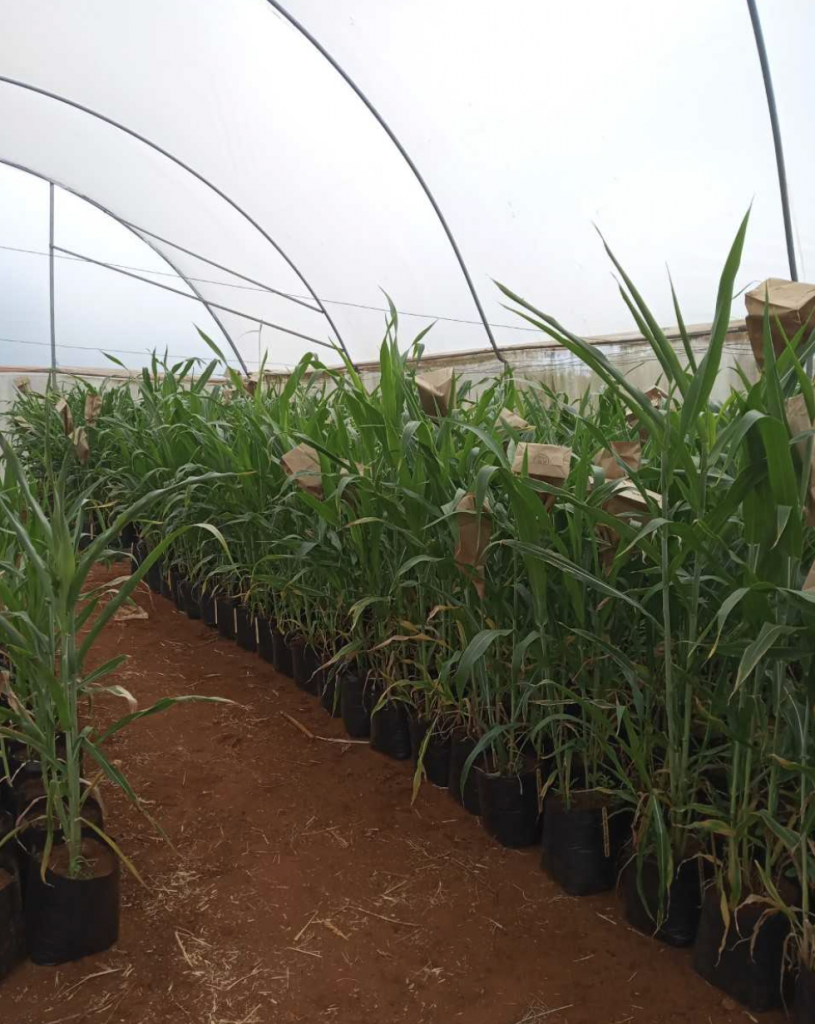Sorghum Landraces Among Local Kenyan Farmers and ICRISAT Suggest Genetic Diversity That Can be Potentially Used to Develop New Varieties of Sorghum
With climate change an ever-present threat, genetic diversity has become even more important in mitigating crop losses and increasing food security. Major adaptive traits have been discovered in local sorghum landraces in Kenya because of their adaptation to marginal environments. Understanding the genetic diversity of these local landraces is a crucial step in the conservation of their genomes and utilization of these genes in crop improvement programs. To that end, researchers from the Kenyatta University and South Eastern Kenya University assessed the genetic diversity of 169 sorghum accessions from local farmers in Coastal, Eastern and Nyanza regions of Kenya, with additional materials from International Crops Research Institute for the Semi-Arid Tropics (ICRISAT), using a total of 6977 SNP markers. Population structure analysis revealed that the accessions were composed of 10 subpopulations indicating differentiation within the sorghum diversity panel. However, six and seven clusters were respectively found when further grouping the accessions using the neighbor-joining tree and principal coordinate analyses. Some of the accessions from ICRISAT and those of the local farmers were clustered together indicating that there is a common gene pool possibly due to the farmers’ seeds mixing with seeds released from ICRISAT. Accessions are also sometimes clustered by region/ institution, which the researchers suspect is due to phylogeographic structure, presence of a barrier, or isolation by distance. As expected, since sorghum is self-pollinating, there was higher genetic variation between accessions than within individual accessions. The researchers feel that the variation between accessions is likely due to individual farmers selecting for particular traits and increasing the chances of allele fixation. The Fst values, which measure population differentiation due to population structure, also indicate high variability between the subpopulations and the Nm values (gene flows) indicate limited migration between these subgroups. Low heterozygosity was found among the populations. The high genetic diversity found between the subpopulations could be used in future research to help develop new sorghum varieties.
Reference:
Mudaki P, Wamalwa LN, Muui CW, Nzuve F, Muasya RM, Nguluu S, Kimani W. Genetic Diversity and Population Structure of Sorghum (Sorghum bicolor (L.) Moench) Landraces Using DArTseq-Derived Single-Nucleotide Polymorphism (SNP) Markers. J Mol Evol. 2023 Aug;91(4):552-561. PMID: 37147402. DOI: 10.1007/s00239-023-10108-1. Read more


